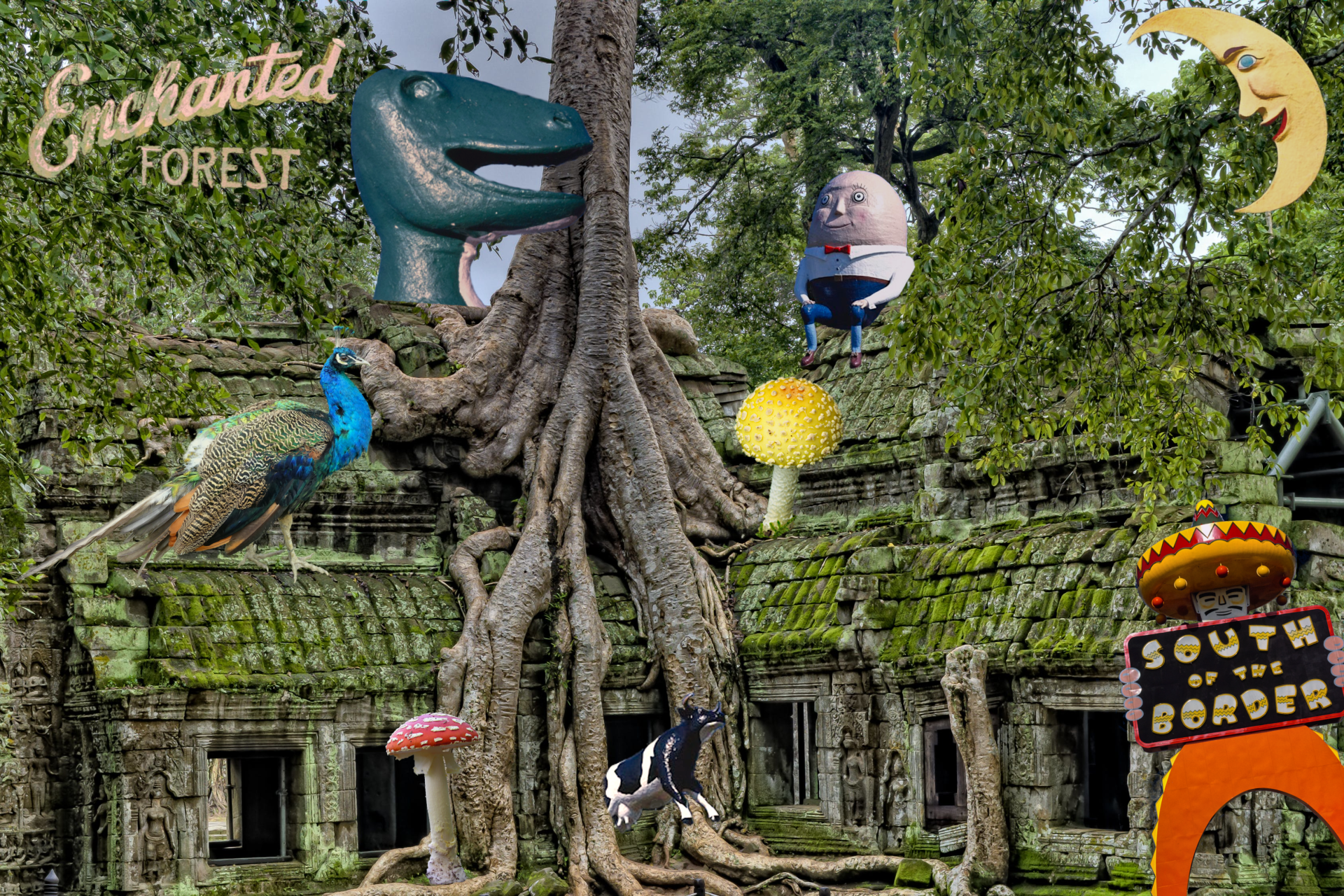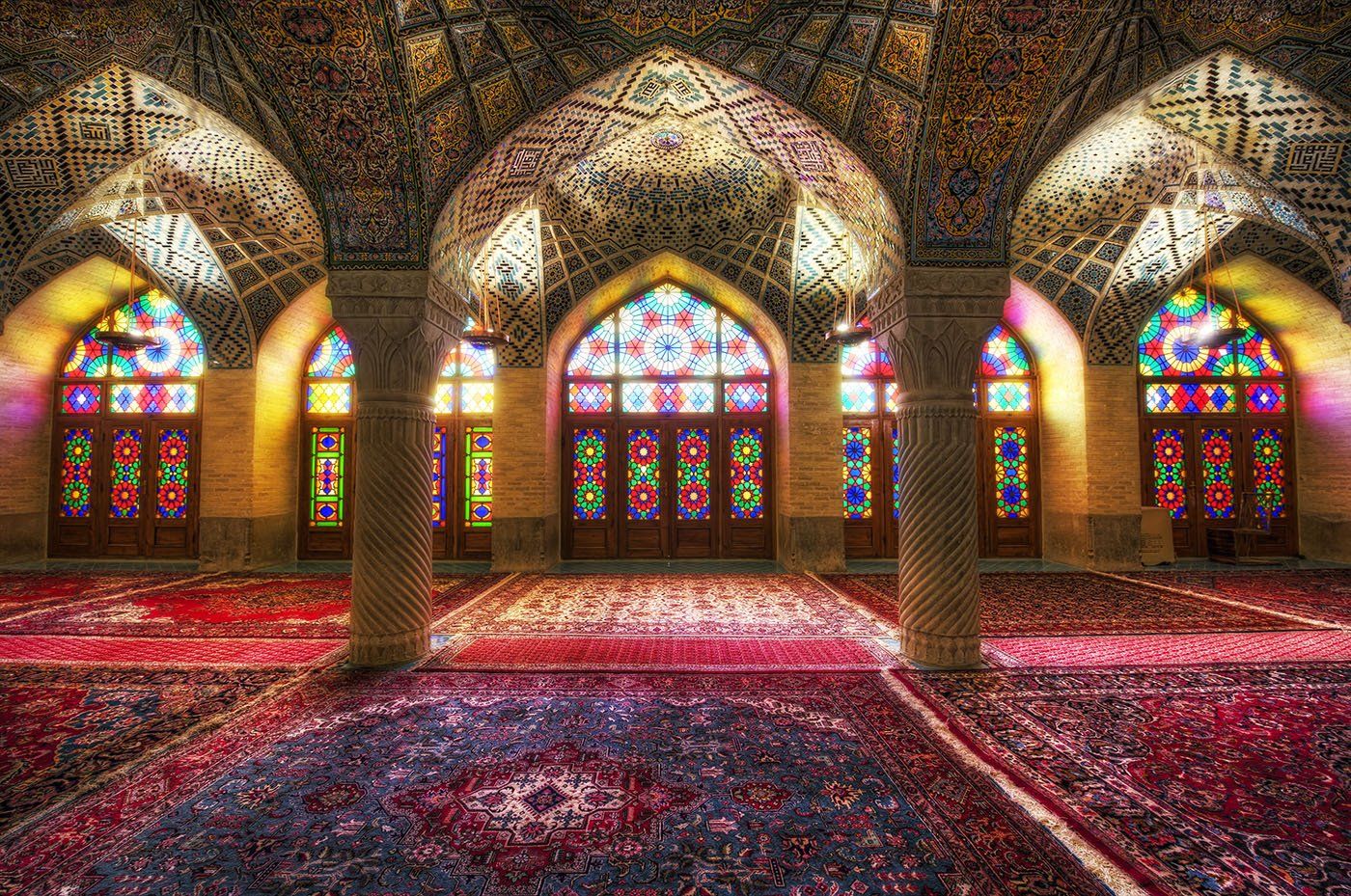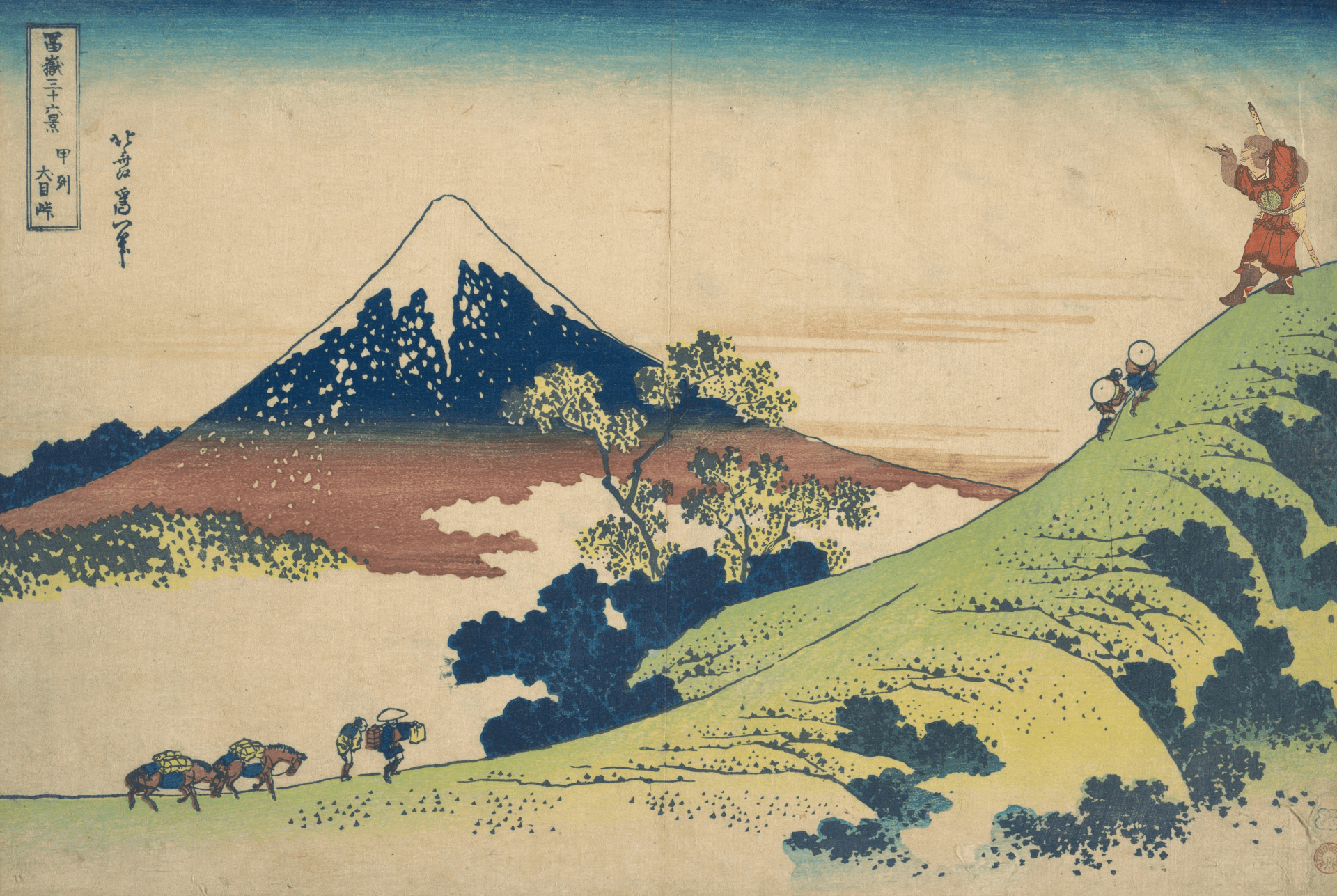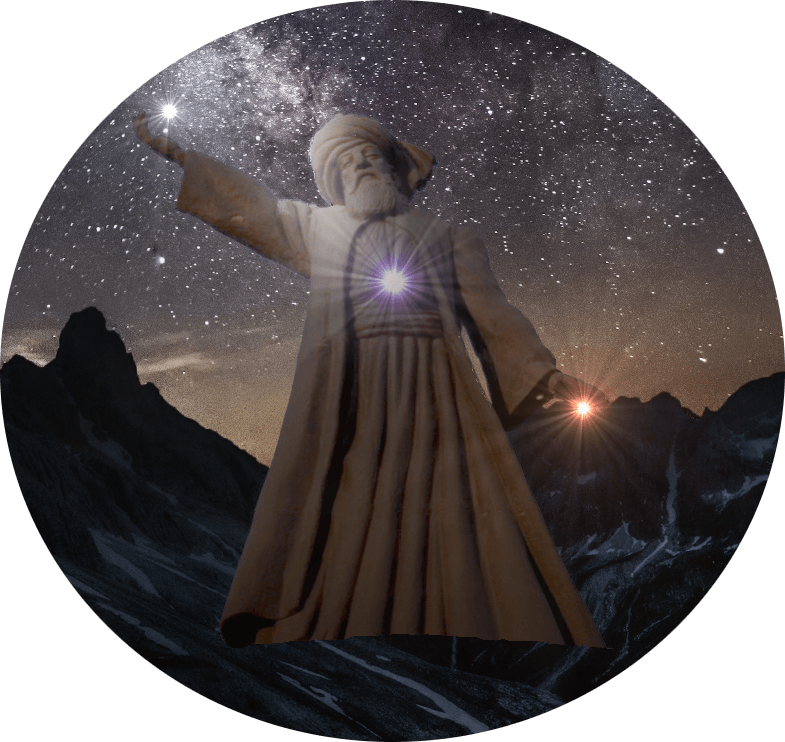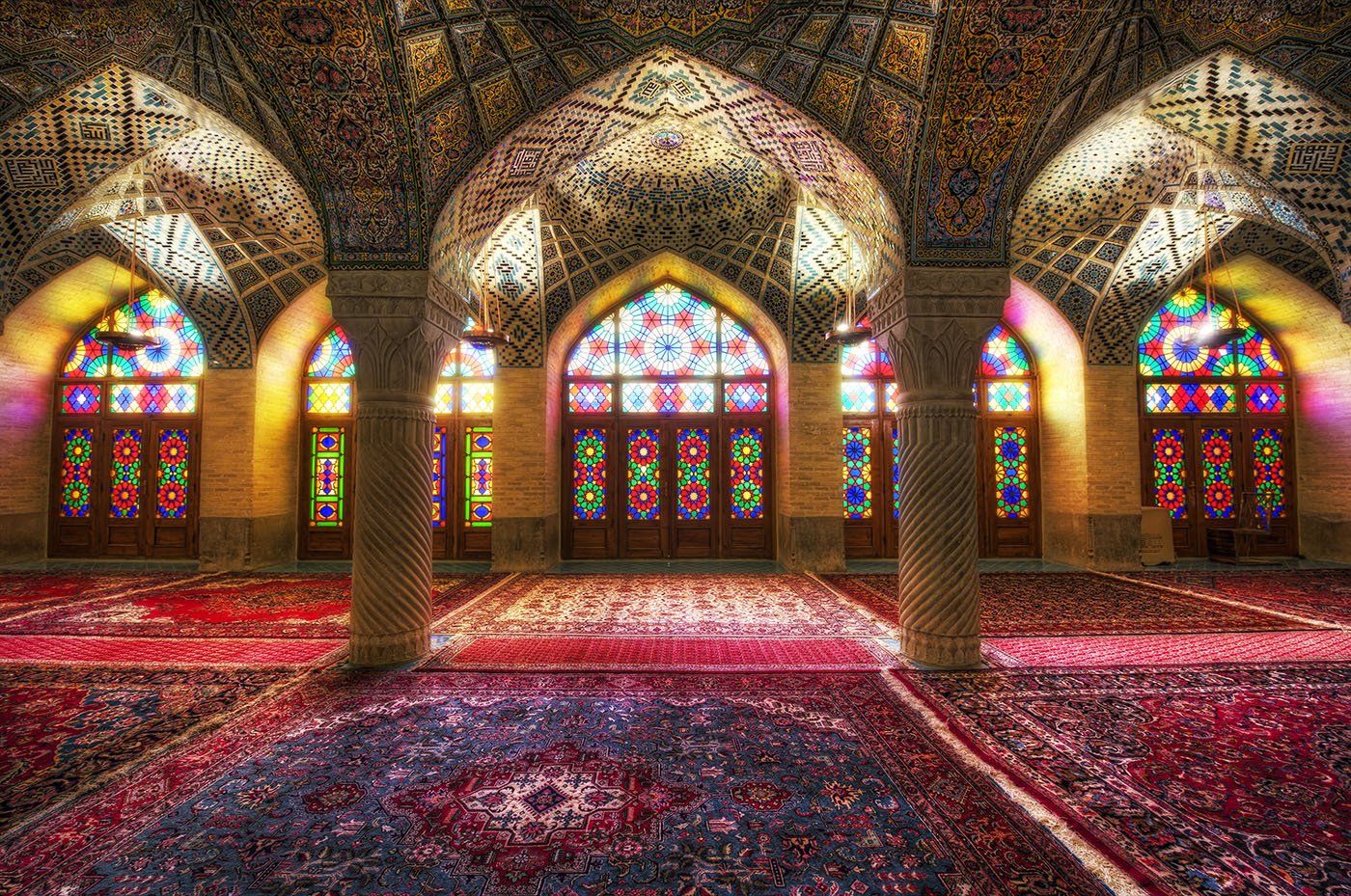
Ebadi
This one is a little different.
I said elsewhere -- and, I'm guessing, you will have understood this, since here you are in the hall of sacred portraits, standing before one, -- I would like to paint with words some portraits of the Masters of Persian improvisational dastgaah music.
Though I always insist on the importance of context, I'm not going to give the context of what that music is here.
If you would, if you haven't, at least let these soak in before trying to absorb what follows: Baking with a B, Many Masters, Many Mansions.
Hearing that, you may think I mean to say that what I have to share is beyond your comprehension, or that I'm going to harangue you with high-level discourse.
No; I want you to have a little context.
In fact, as I said elsewhere... I don't really speak Farsi that well. I don't know a lot about the history of this music, or of the musicians I talk about, or of Iran.
Do you think, then, that I'm not qualified to talk about all that?
When I worked at the Spring Forest Qigong healing center, I took a lot of phone calls.
A lot of those calls were from people, new to the healing center, new even to Qigong and to the kind of healing we did there, who wanted healing help.
In those cases, I'd have to take some notes -- name and location, age, and of course what they wanted healing help for.
So many of those people were anxious to tell me, and their healer, everything -- I mean, every last detail about their lives, their symptoms, the history of their symptoms, the medications they took -- I mean, on and on.
The thing is, Spring Forest Qigong healers don't need to know all that to help you, to know exactly where the Qi is blocked, to know how to move it so you can heal, spiritually, emotionally, mentally, and physically.
After taking enough of those calls, a lot of times, I knew, too.
I'd pick up the phone, they'd open their mouth, and I'd know their problem.
In fact, I could feel it.
All the rest of that stuff -- eh.
Its value was context, and even that -- you often only needed just so much of.
I've said elsewhere that, after a while, I found my daily Spring Forest Qigong practice to be a master-key that unlocked many doors that, before, had stood shut, unmoving, despite my fiddling, shouldering, and half-clever attempts at lock-picking.
I've found that to be the case with listening to, with understanding, with feeling these Masters of improvisational dastgaah music, too.
Elsewhere, I said the dimension of the heart is the space through which the divine enters the world, and the language of that land is feeling.
What I'm telling you is, as my heart has opened more and more and I've become ever more fluent in the language of feeling -- I find I understand languages I don't speak just fine.
And, before going on, let me add one other thing I said elsewhere.
I have said many things in writing, so they're almost always going to be elsewhere.
I never let facts get in the way of truth.
OK?
So, please don't raise your hand, or your objections, telling me, "But --."
We're enjoying higher levels of discourse here, which entails higher-level rationality, which from other vantages might, in fact, seem irrational.
Is that a canvas? Or, a frame?
I don't know.
Let's get to painting.
This Master, I don't know as well as Mohammad Reza Lotfi; Lotfi's music I have been imbibing almost daily for, I'd say, at least a couple years now. I can't say I've slaked my thirst yet, but I know the taste well.
So -- I can write his praises in many ways.
This Master, Ahmad Ebadi, I found last summer and listened to quite a lot for, let's say, a few weeks or a couple months.
What I've found with music, and I suppose with other things, too, is that when I find something I like, I really get into it.
That's all I want to consume, if that's not too coarse an analogy for you, or for it.
I don't mean I'm a gross consumer, such as this delightful age we live in has molded most of us to be.
I mean it from the Qigong perspective.
Everything is a form of Qi, and whether or not we're conscious Qigong practitioners -- remember, Qigong means to work with or to cultivate Qi -- we are always cultivating and working with Qi.
You are, indeed, what you eat, and I hate to break it to you, Boo, but most of us are unconscious comfort-eaters.
That includes you.
Anyway -- what I tend to do is, when I find something new and it evokes a sympathetic response in me, it's as if I've discovered a hunger I didn't know I had and I begin to feast -- sometimes longer, sometimes shorter.
You might jump ahead to say, Until I'm full.
Well, not really; I'd say, Until I'm satisfied.
I'm not always looking so much to fill my belly as to become well-acquainted with a new taste.
Once I have the taste, I'm not so eager to eat -- unless I find something very, very nourishing.
And, like I said -- as with the people on the phone, sometimes all I need is the hint of a fragrance, and that suffices for a taste.
In the Qajar dynastic period of Iran -- I think that was the late 1700s into the 1800s, somewhere in there -- in my understanding, there was kind of a unification of the country.
Like many countries, preceding the modern era, Iran wasn't culturally or ethnically homogeneous. It wasn't a nation-state; you needed some force (usually not benevolent, let me assure you) to scoop everyone up, put them in a vat, turn up the heat, and pasteurize them.
Like other pasteurized things, let me assure you -- that's not good for you.
So, even now, Iran is a nation of many peoples, many languages, many ethnicities, many cultures, and all that entails.
If you want to talk race, in terms of how people look physically -- now, don't let your hackles raise, and please don't bring me some phrases you learned from TV or school -- you've got people who'd fit right in in Africa, or India, or Saudi Arabia, or among nomadic Turkic tribes, or even whitest Europe.
And, of course, you have the ethnic majority, the Persians, who most people think of when they think of Iranians, if they think of them at all. To my eye, they're something like a mix between Turks and Europeans and certain Indians.
What I'm saying is, in the Qajar dynasty, there was a certain cultural unification of these peoples.
Whoever the king was that did this -- I don't remember his name -- established a capital.
And, as fate would have it -- he liked music, a lot.
Do you know what that meant?
He brought a lot of the best musicians from all around Iran to the capital, put them up real nice in one place, and said, Go ahead and do your thing. I got you covered.
Or, as Eru, the One, who in Arda is called Ilúvatar, as my imperfect memory records Tolkien as having written, said:
Of that theme which I have propounded to you, I will now that ye should make music.
If I'd brought that book with me in the move, I could've impressed you with an exact quotation, but -- well, I didn't, so I haven't.
The beauty of what that king did is this.
He'd brought together some of the best musicians from all the far regions of an ancient land rich in culture.
This was before electric technology, of course, so what you had was exemplars and repositories of numerous streams of undiluted musical tradition: what they brought was the pure, uncut stuff, passed on from master to disciple for countless generations.
And you know what happened?
A certain brilliant man from a brilliant family of musical geniuses started talking to all these musicians, learning from them, sharing with them, and even traveling to further his understanding of what he'd learned from them.
From what he gathered, and learned, and understood -- he created something new, a synthesis among spiritual, esoteric lines -- the dastgaah system of Persian music.
If you took my advice and read some of what I linked to at the start of this writing, you'll have a little sense of what that is, such as I've understood it.
The dastgaahs are not scales, but modes. A mode is like a mood -- an overarching mood under which dome are gathered many related melodies -- shades of feeling, you might call them.
The number of these is significant -- esoterically meaningful, you might say, -- which to me simply means their organization is in harmony with universal principles.
Certainly, the purpose of their playing is, too; again as I said elsewhere, this music is consciously designed, based on an intimate understanding of the nature of vibration and the landscape of the human soul, to take the listener and the player deeper inward, both to edify his mind and to help the evolution of his spirit.
And, of course, the learning and mastery of such a music is itself a spiritual endeavor that transforms the one who undertakes it -- but that's a side-track we won't go down here.
What I'm saying is -- Ahmad Ebadi is the grandson of the man who shaped the dastgaah system in thought and gave it to the world.
So -- he's something special, even in that line of geniuses and Masters.
Let me tell you what I see, and hear, in him.
I'll begin with a story.
There's a documentary you can find online that features him.
It begins with him, as an older man, sitting in a beautiful garden at, I think, his nephew's house. Ebadi and his nephew and his nephew's family are all sitting in the garden, on a sofreh spread on the grass, having a bit of tea and a snack. It's a beautiful summer day.
There Ebadi sits, in the center, everyone around him, and begins to tell a story, setaar in hand. He's speaking to the camera, but also to his nephew.
"There was a night, actually, where I was with you and your wife, and of course all our friends were there, and at one point I looked and noticed a beautiful sound was coming from one of these trees over there.
"I got really happy about this, so I said, 'Reza Dear, can you do something for me?'
"He said, 'Sure, what is it?'
"'Hurry, get up and go bring the tape recorder, quickly!'
"Of course, because he really loves that sort of thing, and since it seems the recorder was close by, he left and came right back with the tape recorder, sat down...
"And, at any rate, I got everything all set up. And just like that, when this little bird began to sing, I, in turn, started to play my music.
"I would draw my finger across a string of the setaar one time, and he, in turn, would give me a reply from up high.
"Of course, this was from far away.
"We kept on like that. But little by little, that little bird came closer and closer till he was right by me, and of course by then, the conversation we were having was much better.
"I don't know if that recording still exists, but God willing, you'll hear it one day.
"The mode I was playing was Bayaat-e Esfahaan.
"Like this."
Then, for the camera and his family gathered around him, he starts to play an improvised piece in Bayaat-e Esfahaan.
There's so much in that little story -- but I'll let it drop like a stone into you and leave you to see what ripples it makes.
I've already begun to do it, but before I give you my more direct impressions of Ebadi, let me share what two other Masters of Persian art, a poet and a ney Master, had to say about Ebadi.
The poet, Hushang Ebtehaaj, was a great lover of dastgaah music, and of course knew many of the contemporary Masters, and composed poetry for them.
In that same documentary I've mentioned, Ebtehaaj said he asked some of the old Masters who remembered the Qajar period, What was the music like back then?
They'd tell him, Well -- it was good. But the sound of the playing -- he mainly means the setaar or taar -- was a bit crowded.
Ebtehaaj, and elsewhere the ney Master, Mohammad Musavi, also asked Ebadi the same question -- What was the music like back then? How did they play setaar?
Ebadi said, Well, it was live, alive. We played, and the sound just went out into the air.
He told Musavi, Back then, the standard, what musicians felt was good, was to play loud and fast -- strong, so the sound would carry.
In those days, there were no microphones or amplifiers (as Lotfi told the story elsewhere), and you might have a relatively large group of people, even if it was a select few of the upper class, listening, gathered in a large space to hear the performance.
So -- you had to play strong and fast to make an impression on them.
Microphones, amplifiers, and radio and recording technology changed that.
As Ebadi said in that documentary, when he started to do recordings, the music he played sounded ok, but on the recordings -- again, it sounded crowded. He looked at the setaar and realized -- Well, the strings are pretty close to each other, and to the wood of the setaar's body.
He realized -- he needed to play differently now.
You may never have thought about it, but Ebadi realized what Marshall McLuhan talked about -- radio is a warm medium of communication. It's very intimate.
Therefore, a more intimate style of playing was needed.
Now we come to what I see and hear in Ebadi.
Musavi said, Ebadi brought silence, space, fineness, gentleness to the playing that, before, was crowded, noisy.
I'll take it a bit further.
If you listen, just to take an example, to what Ebadi plays in Bayaat-e Esfahaan in that documentary, you can hear that he brings a sweet old man's gentleness and a solitude to the playing. Each string he plucks and each note he sounds, he gives the space to resonate to its fullness -- as if he's a child testing this thing to see what it says, and watching in his mind's wondering eye, as its response flies away into eternity.
His playing is like the silent reflections of a solitary walker by an autumn lake.
That still doesn't say it.
There's a series of recordings simply called Persian Masters -- masters of this dastgaah music, whether of taar or setaar, ney or santur.
One of the recordings of Ebadi is 12 or 13 minutes of him improvising in Bayaat-e Esfahaan again.
I got to know an older English gentleman at Spring Forest Qigong -- both he and his wife were clients, and for whatever reason, he and I got to know each other more and more, mostly by email. By the end, he was even sharing very intimate journal entries with me -- his innermost thoughts about himself, his wife, his children, and their healing, or not-healing.
We connected a lot over music and writing, though our tastes were rather different.
Little by little, I was opening him up to this music.
I shared this improvisation, the one I'm talking about with you now, with him.
I don't remember exactly what I told him, but it was something like this.
What I hear in Ebadi is a very gentle, very sweet, reflective old man. If you look at him, he's small, very plainly dressed, and seems to have a subtle inner smile all the time, radiating a soft warmth outward.
And then -- suddenly, he picks up a fast, complex, richly various theme, and you realize, My God, this guy has tremendous power!
Tremendous power, tremendous presence, tremendous consciousness, tremendous control.
You can see him in your mind's eye, or I can, as he plays -- amid that tremendous power, presence, consciousness, and control, though it's his hands that play that music, he stands apart, dispassionate, unmoving, silent, subtly smiling, radiating that soft warmth, generating a storm of a musical dance.... and then, it fades away, to silence. A few notes of wondering he then plucks, wandering in a silent emptiness -- where did that wind come from? What did I just hear? What did I just feel?
He's as curious as the listener -- and that's the beauty of this music, and Ebadi.
Lotfi is just as great a master -- perhaps greater, in my estimation.
I think what makes Lotfi so great is, though he is just as great a technical master as Ebadi (which is saying a lot), he takes the feeling so, so much deeper.
Lately, I've been thinking about the phrase, circumcised in heart.
It never made sense before, but now it does.
If you think about the circumcision most of us know about, what is it?
I'm not talking the rights or wrongs of it -- please take a step back, or up, and a couple breaths if you're starting to boil.
You have the most sensitive little piece of flesh on the entire human body, the gateway to life and death -- and it's covered, hooded, shielded, tucked away.
Only in a certain context, and for a short while, is it exposed to the world -- so tender and precious is it.
To circumcise that, is to expose what is most tender to what is most harsh.
This is just a symbol of the real circumcision, the work of the Real Man.
Circumcise your heart.
Around your heart is a layer of tough skin, shielding that most tender part of you from the touch of the world.
And -- you don't even expose it to the world for the shortest while, unlike that other tender part of you!
Some of you prostitute that other part, while this one -- you keep locked away like a widower's only daughter.
But, as the saying goes, more or less -- until you do that thing, you will never enter the kingdom of heaven.
What I'm saying is, Mohammad Reza Lotfi circumcised his heart, and its unprotected tenderness in the harshness of the world you can hear in everything he does.
Ebadi?
There's feeling there, there's warmth, and depth, and love -- but it's all one step removed.
I don't feel I ever really know the man, or can; though, I have to say, the beauty is in the mystery, the distance, and in the savoring of what this unknowable, sweet little old man, who seems as surprised at the sounds he creates as the ones who sit to listen to them, brings into being to go out into the air.
14 April 2022
Those who only dip their toes will never touch the depths.
Champion Toe-Dipper
Signs and wonders!
Well, wouldja you look at that -- you actually emailed me. I'm glad you figured my website out.
If you would, give me a little time to reply, ok?
I'll do my best to reply quickly. If you don't hear back within a couple days, you may want to write again.
Take care,
Jian
Oh, boy.
Gremlin in the machine. I don't think your message went through.
Why not take a constitutional and try again a bit after, huh?
Jian

